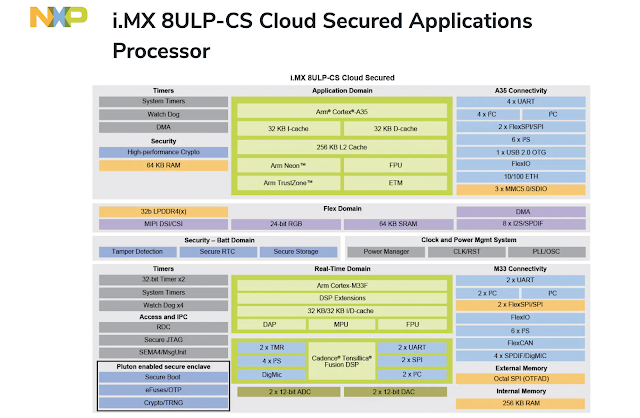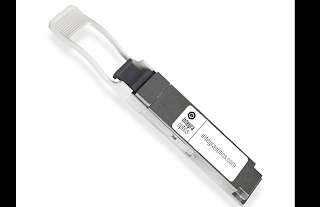As of February 2021, China Mobile, the world's largest mobile operator, was serving 173 million customers with 5G packages and had more than 390,000 5G base stations in operation.
For 2020, China Mobile has just reported operating revenue of RMB768.1 billion, up by 3.0% compared to the year before. Of this, telecommunications services revenue amounted to RMB695.7 billion, representing growth of 3.2% year-on-year. Profit attributable to equity shareholders reached RMB107.8 billion or RMB5.27 per share, up by 1.1% year-on-year.
Some highlights:
- Wireline broadband revenue increased by 17.4% year-on-year and reached RMB80.8 billion.
- Revenue from applications and information services increased by 22.4% year-on-year and reached RMB101.0 billion.
- As of the end of December 2020, the number of mobile customers reached 942 million, of which, 165 million customers were on 5G packages, representing a net increase of 162 million customers. The overall subscriber count dropped from 950 million at the end of 2019.
- Mobile ARPU (average revenue per user per month) reached RMB47.4 where the decline rate was flattened by 4.0 percentage points compared to the previous year.
- DOU (average handset data traffic per user per month) increased by 39.0% to 9.4GB.
- In 2020, total 5G-related investment amounted to RMB102.5 billion out of a total CAPEX budget of RMB180.6 billion.
- For 2021, 5-G related investment is estimated at RMB110.0 billion out of a total CAPEX budgest of RMB183.6 billion.
- In 2020, China Mobile put in use around 340,000 new 5G base stations, bringing the total number of 5G base stations to a cumulative 390,000, providing 5G services to all prefecture-level cities, selected counties and key areas in China.
- The total number of wireline broadband customers was 210 million, up from 187 million a year earlier.
Mr. Yang Jie, Chairman of the China Mobile commented, ‘We were faced with a complex operating environment in 2020. COVID-19 affected all aspects of life, while the digital transformation of our economy and society further accelerated, and coopetition within the telecommunications industry and beyond continued to evolve. Despite various difficulties and challenges, we managed to forge ahead steadily with the goal of achieving high-quality development and becoming a world-class enterprise by building a dynamic “Powerhouse”.
China Mobile is putting forward a new strategic vision: "We will open up development space toward information services and focus on technological innovation to create competitive advantages. These moves will form part of our concerted efforts to achieve our goal of joining the league of the world’s first- class information service technology companies. At the same time, we will focus on “two facilitations and two integrations”: We will fully facilitate the construction of information infrastructure and facilitate the digitalized and intelligent transformation of the whole society. We will also make endeavors to accelerate the integration and innovation of various information technologies, and speed up the deep integration of information technology and the economy, society and people’s livelihood."





















